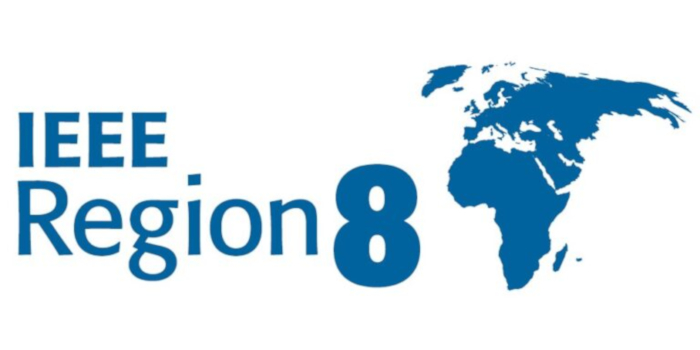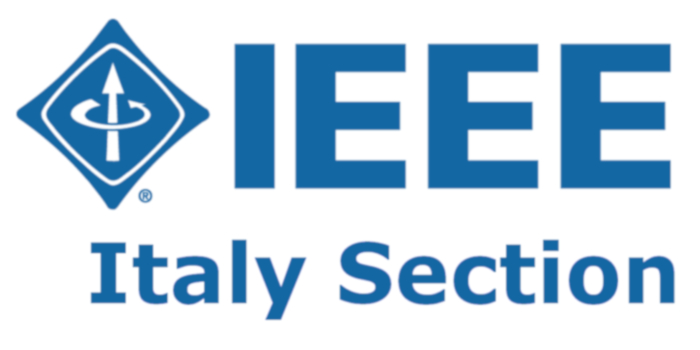PLENARY TALKS
PLENARY TALK #1
On the opening session 7 Septembre 2023 there will be a plenary session on key topics of general interest for the HISTELCON community given by worldwide renown scientists:
From Nobile to Nobel: The heated discussions regarding the Prize to Owen Richardson
By Karl Grandin
“I would also like to add, for my personal part, that for me, the role that the radio played in the rescue of some of the members of the Nobile expedition was also important.”
This unusual remark refers to the importance of radio technology in the rescue of parts of the Nobile expedition, thus making a technical argument in the Prize discussion. The Prize in question was the reserved physics prize from 1928 to Owen Richardson “for his work on the thermionic phenomenon and especially for the discovery of the law named after him”.
Richardson had been one of many candidates but had previously been disregarded because his main contribution was old (from 1901) and that so many other scientists and engineers had contributed to the field. How this changed will be the topic of my talk.
ABOUT THE SPEAKER
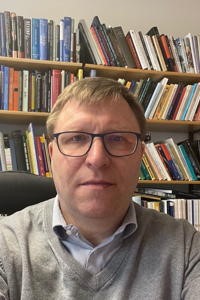
Karl Grandin is the Director of the Center for History of Science at the Royal Swedish Academy of Sciences in Stockholm. He holds a MSc in engineering physics and a PhD in history of science and ideas from Uppsala University. His research has mainly dealt with the history of modern physics. He is on the boards of the Swedish Linnaeus Society and the Swedish Berzelius Society in Sweden. He is on the Scientific Advisory Board for the Niels Bohr Archive in Copenhagen, and he chairs the History of Physics Group and the Historic Sites committee of the European Physical Society. He is the editor of the Nobel Foundation yearbook, and during the awarding ceremony in Stockholm he is entrusted with the Nobel Diplomas and Nobel Medals. In 2012 he co-edited A Wireless World: One Hundred Years since the Nobel Prize to Guglielmo Marconi.
PLENARY TALK #2
Einstein speaks Italian. Bologna 1921
By Luisa Cifarelli, University of Bologna and INFN-Bologna, Italy
In October 1921, Albert Einstein visited Bologna, the only Italian city where he held three public lectures on his revolutionary and controversial theory of relativity in the Archiginnasio Palace. He came there at the invitation of Federigo Enriques, the famous mathematician then professor at the University of Bologna and an active organiser of cultural initiatives. Einstein gladly accepted the invitation, recalling the “beautiful memories of his youth”, i.e. the times he had spent in Milan, Pavia and Casteggio between 1895 and 1902. The lectures were to be in Italian.
The circumstances and consequences of this visit will be illustrated in the historical-scientific context of the time, a visit that provided the opportunity to establish a special connection between the Bolognese academic environment and the great scientist in the following years.
ABOUT THE SPEAKER
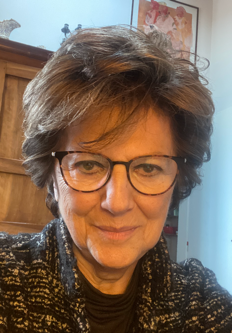
Luisa Cifarelli is senior professor of experimental physics at the University of Bologna. She has carried out research in subnuclear physics and astroparticle physics at the major European laboratories (CERN, DESY, INFN Gran Sasso). Member of the Academia Europaea and the Academy of Sciences of Bologna, honorary president of the Italian Physical Society, she has been president of the European Physical Society and of the “Enrico Fermi” Historical Museum of Physics and Research and Study Center (Centro Fermi) in Italy.
PLENARY TALK #3
The Virgo experiment: a forty years effort from a scientific vision to a milestone discovery made possible by frontier technologies
By Francesco Fidecaro, Department of Physics, University of Pisa
The first direct detection of gravitational waves of cosmic origin (2015), and the subsequent beginning of multi-messenger astronomy (2017) marked a long-sought turning point in our understanding of the Universe.
The scientific case, development and achievements of the Virgo gravitational wave detector, and the Scientists behind them will be reviewed. The importance of key advances in EE technologies (including control systems, optics, signal processing algorithms, and data-management architectures) will be underscored, and future challenges will be highlighted.
The fall-outs of gravitational wave detector experiments will be also discussed.
ABOUT THE SPEAKER
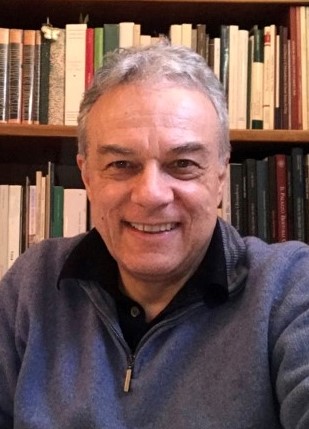
Francesco Fidecaro, professor of Physics, formerly the Dean of the Physics Department “Enrico Fermi” of the University of Pisa, played a prominent role in the design, development and scientific management of the Virgo Gravitational Wave Detector, since its very beginning, and later as Virgo Collaboration Spokesperson, and Scientific Director of the European Gravitational Observatory (EGO).
Professor Fidecaro started his research career at Scuola Normale Superiore di Pisa, and spent his early years at CERN, working on fundamental Physics experiments. In 1993 he joined the Virgo project. The Virgo construction was completed in 2003, and made the first observations in 2015, following a continued series of groundbreaking upgrades based on leading-edge technologies.
With a strong interest for applications, he has been chairing the Spin-Off Committee of the University of Pisa, and dedicated himself also to noise mitigation in environmental acoustics.
PLENARY TALK #4
Museums of Information Technology and Information Technology in Museums: A survey
By Antonio Savini, Research Centre for the History of Electrical Technology University of Pavia
The information technology is a challenge for museums of any type. On the one hand, it claims to enter in technical museums as a main character. On the other hand, it is an indispensable tool for museums of any nature.
The aim of the first part of this survey is to present and discuss some examples of museums of information technology.
The second part of the survey examines the reciprocal face of the museum-information technology binomial, i.e.
information technology not as the subject of the museum but as an essential tool for museums exhibiting subjects of various nature.
ABOUT THE SPEAKER
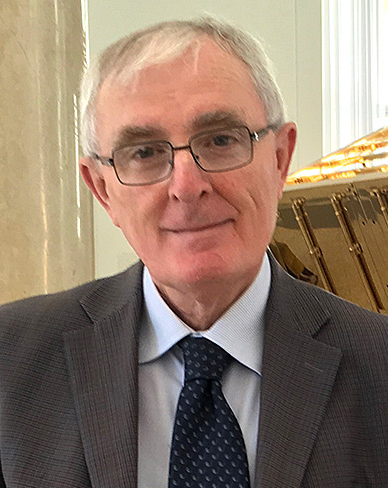
In the early 1970S Antonio Savini was among the leaders promoting the application of the finite element method to electricity and magnetism; then he pioneered the exploitation of advanced optimization techniques for the automated optimal design of electromagnetic devices. Since the late 1980s he worked also in the field of the history of electrical technology; in 1998 promoted the setting up of a Research Centre in this field at the University of Pavia and was the leader of the construction of the Museum of Electrical Technology in Pavia which opened in 2007.
In 2022 he has been appointed by the Board of Directors of IEEE to lead the History Committee with the mission of preserving and promoting knowledge and history of electrical technology.
PLENARY TALK #5
Paolo Brenni and the world of historical scientific instruments
By Anna Giatti, Fondazione Scienza e Tecnica in Florence
Paolo Brenni was a well know researcher and connoisseur of the history of scientific instruments. For his multi-faceted approach to old scientific instruments and his exceptional merits, Paolo held leadership positions in key learned societies and associations. He passed away untimely in December 2021.
ABOUT THE SPEAKER
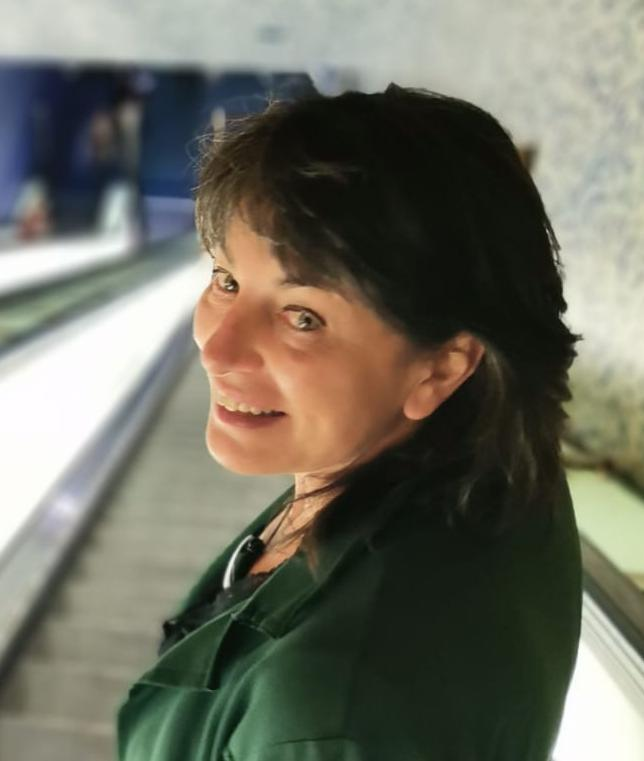
Anna Giatti is a curator of the Physics Cabinet at Fondazione Scienza e Tecnica in Florence, and a restorer of historical scientific instruments. She is also a lecturer in different training initiatives in the field of restoration, conservation and cataloguing of scientific instruments. She has a degree in Technologies for the conservation and restoration of cultural heritage from the Università degli Studi dell Tuscia, Viterbo, Italy. Her research interests focus on the investigation on the material of scientific instruments, the history of scientific experimental practices, preventive conservation, cataloguing and popularization of scientific culture. Her work on the collection of 19th century scientific instruments of the Istituto Tecnico Toscano and on the Physics Cabinet, which can currently be seen at the museum of the Fondazione Scienza e Tecnica, should be highlighted. Also, the elaboration of videos with demonstrations, together with Paolo Brenni.
PLENARY TALK #6
Brunelleschi and Galilei: Super-Early Patents in Florence and Venice
By Peter Kurz
The Italian Renaissance cities are commonly considered the birthplace of patent law. In particular, Filippo Brunelleschi, the architect of the Santa Maria del Fiore dome in Florence, received a grant in 1421 which is commonly considered the first Patent of Invention in the world. Venice, on the other hand, passed the world’s first patent law in 1474. The act contains all elements of a full patent regulation, even measured by today’s standards. And Galileo Galilei received a patent under this act in 1594. While both inventors were world-known and their patents set example for many others, their inventions were actually less successful. Brunelleschi’s invention, a ship for moving marble from Carrara to Florence on the Arno, was called the “monster” (Il Badalone) and even sunk on her maiden voyage. Neither was Galilei’s invention, a horse-gin for raising water, a commercial success.
ABOUT THE SPEAKER
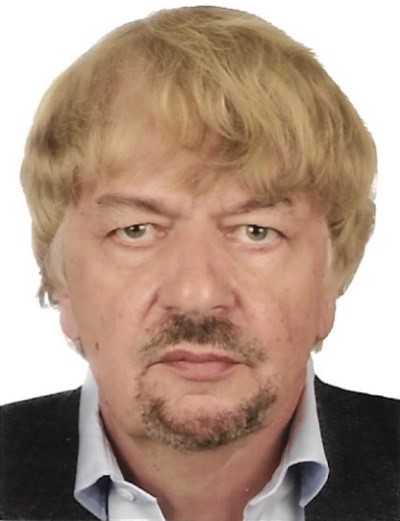
Peter Kurz is an electronics engineer, and a patent attorney admitted in Germany, Switzerland and the European Patent Office. He spent most of his career as an in-house lawyer working for US-based companies and went into active retirement in 2020. His passion is the history of electronics and patent law, as exemplified by his books “Weltgeschichte des Erfindungsschutzes” (in German; World History of Invention Protection) and the recent techno-thriller “The Marconi Patent”. No wonder that Peter’s Ph.D. thesis was about the history of German inventor law. When he does not do historical research or freelance work for law firms, he enjoys the outdoors and plays with his 3 granddaughters (one of them has a knack for soldering).
